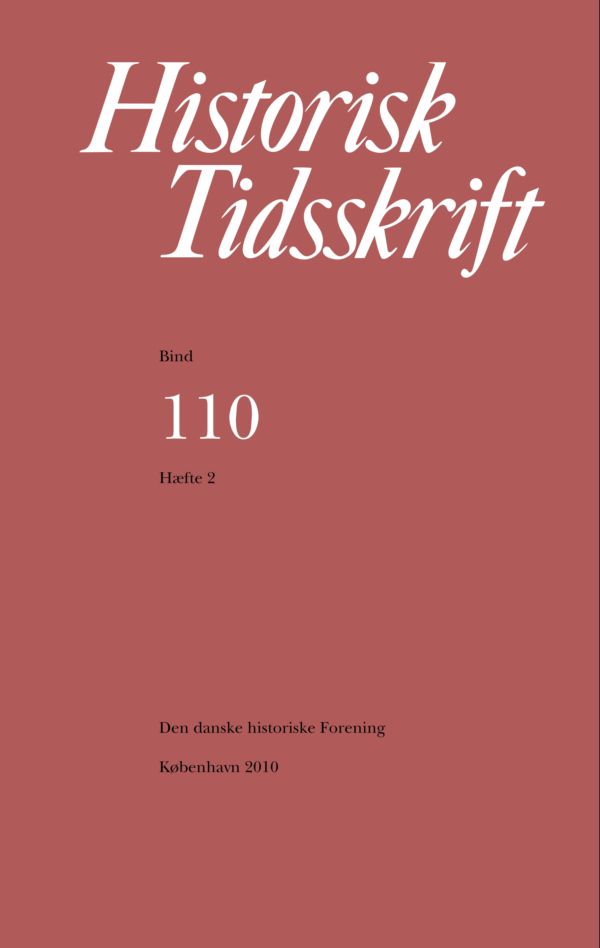Seksuelle forbrydelser og skyld. Kanonisk rets indflydelse på konstruktionen af det kvindelige og det mandlige i de danske landskabslove
Resumé
Sexual Crimes and Guilt. The Influence of Canon Law on the Construction of the Feminine and the Masculine in Danish Medieval Provincial LawsThe article analyses the way sexual crimes were shaped and structurally defined in Danish medieval provincial laws. Whenever lawmakers defined the sort of acts that constituted sexual crime, they implicitly engaged in the parallel process of establishing boundaries within which sexuality could be acted out legitimately and, by the same token, form part of normal social behaviour. Thus, criminal or deviant sexual acts came to define the prevalent concept of normality. Danish provincial laws reflect a society in transition. Legislation concerning sexuality developed under the influence of ecclesiastical jurisprudence, canon law. Within a religious context, marriage was – due to its sacramental nature – the one and only institution to facilitate forgiveness for sexual acts, these being inherently sinful. Provincial laws matched the religious normative framework by defining monogamous marriage as a safe haven for sexual activity. Furthermore, they considered lawful marriage an instrument that might provide forgiveness for premarital sexual relations and even legalize and normalize such relations post facto. Consequently, extramarital sex was considered deviant behaviour, punishable by law. Three categories of sexual crime are investigated here: adultery, premarital relations, and rape. The latter differs from the two former types by its basic character of sexual violation, committed without obtaining consent, but, on the contrary, victimizing the woman. The article demonstrates the discursive articulation of the masculine and the feminine in the provincial laws, occurring as a consequence of how lawmakers construed the phenomenon of sexual crime. Focus is on responsibility for breach of the law; on the question of jurisdiction – secular or ecclesiastical – in different case types; and on the ways secular laws were influenced by canon law with regard to responsibility, guilt, punishment and, in general, the vindication of right. A governing theme is how the Christianization of marriage framed legal rearticulation or redefinition of deviant as well as acceptable sexual behaviour. The two aspects in combination show the prevalent conception of normality. The legal development contributed to the broader construct of the masculine and the feminine and their mutual relationship. The canonical model of marriage – sacramental, indissoluble and premised on mutual consent by partners – put man and woman on a more equal footing than before. This became an important factor in the specific formation of legal norms and rules. To a certain extent, even broader notions of gender relationships were renewed.Downloads
Publiceret
Citation/Eksport
Nummer
Sektion
Licens
Ophavsret til bidrag i Historisk Tidsskrift tilhører forfatterne og Den danske historiske Forening som udgiver af Historisk Tidsskrift. For illustrationer gælder den ophavsret, som står anført i billedteksten. Ophavsretslovens almindelige bestemmelser gælder, hvilket vil sige, at ophavsretten gælder i 70 år efter forfatterens død. Bidrag i Historisk Tidsskrift må derfor, med forbehold for en ”moving wall” på tre år, frit downloades, læses, gemmes, anvendes og citeres (med kildeangivelse) i privat og videnskabelig sammenhæng, men de må ikke helt eller delvis genudgives af tredjepart, heller ikke i redigeret form, uden tilladelse fra forfatterne og Den danske historiske Forening. Henvendelse skal i så fald rettes til Historisk Tidsskrifts redaktion på histtid@hum.ku.dk.





